 Volunteer for six hours at the 231st ECS Meeting and receive a FREE meeting registration!
Volunteer for six hours at the 231st ECS Meeting and receive a FREE meeting registration!
As a student volunteer, you will work closely with the ECS staff and gain first-hand experience in what it takes to execute an ECS biannual meeting.
Take advantage of the opportunity to network and engage with meeting attendees, symposium organizers, and ECS staff while learning how registration operates, technical sessions run, and how major meeting programs are facilitated. In addition to hands-on experience, volunteers will also receive a meeting t-shirt, a complimentary ticket to the student mixer and a certificate of participation.
Multilingual speakers are highly encouraged to apply!
Deadline for application submissions: Friday, April 21
Candidates notified: Tuesday, April 25
NOTE: If you do not complete the six hours of work on-site, you will be invoiced for the full registration fee. We will do our best to accommodate the hours you have listed as being available but this is not a guarantee. Each volunteer position will require interaction with the attendees, long periods of standing, and foot-traffic flow management. If you are unwilling or unable to complete these tasks please make us aware upon submitting your application.


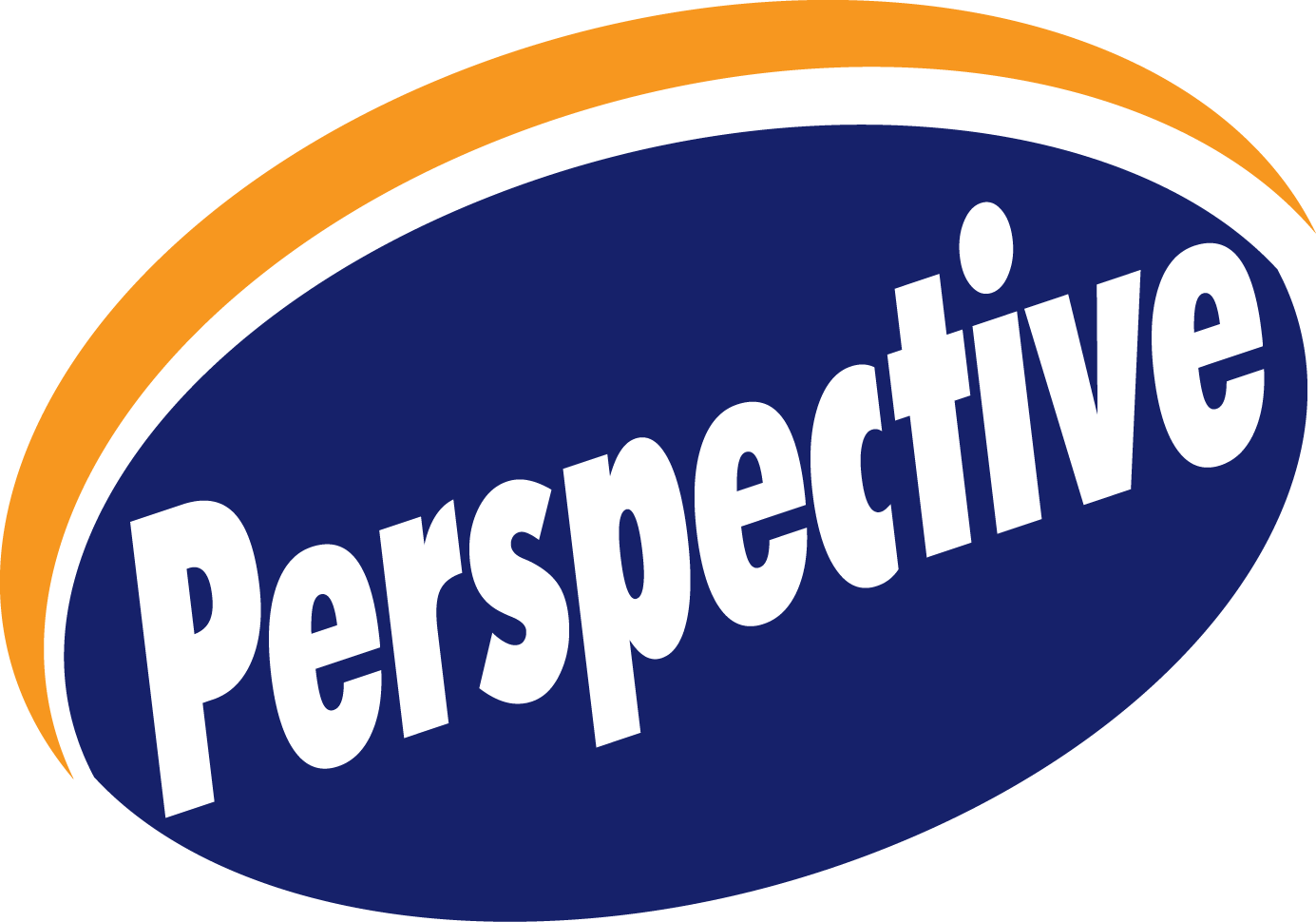 Since 1902, ECS has been at the forefront of publishing electrochemical and solid state science and technology research. For the past 115 years, the Society has been publishing high quality, peer-reviewed journals that contain the work of renowned scientists, engineers, investors, and Nobel laureates. Now, ECS is providing researchers a new avenue to offer insights into emerging or established fields:
Since 1902, ECS has been at the forefront of publishing electrochemical and solid state science and technology research. For the past 115 years, the Society has been publishing high quality, peer-reviewed journals that contain the work of renowned scientists, engineers, investors, and Nobel laureates. Now, ECS is providing researchers a new avenue to offer insights into emerging or established fields: 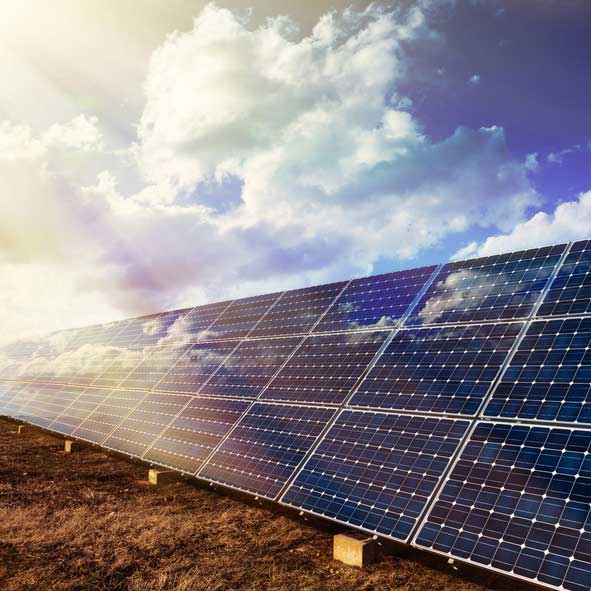 A newly created material may have the capacity to double the efficiency of solar cells.
A newly created material may have the capacity to double the efficiency of solar cells.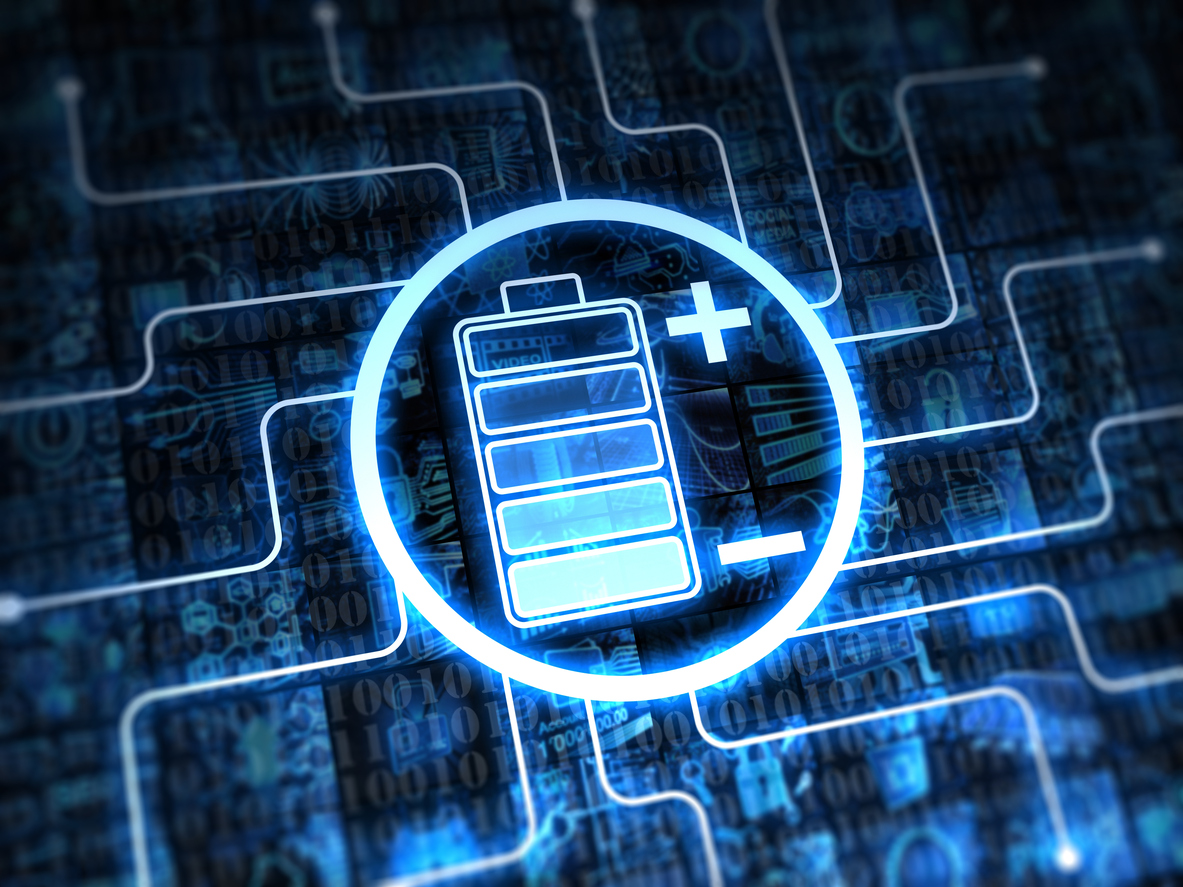 A new mathematical model may help researchers design new materials for use in high-power batteries. According to the research team, the model could benefit chemists and materials scientists who typically rely on a trial and error method when developing new materials for batteries and capacitors.
A new mathematical model may help researchers design new materials for use in high-power batteries. According to the research team, the model could benefit chemists and materials scientists who typically rely on a trial and error method when developing new materials for batteries and capacitors.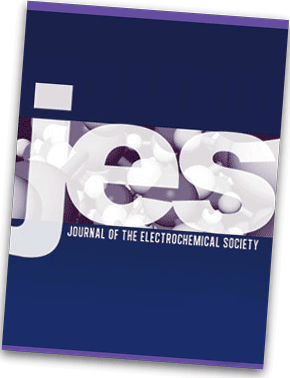 ECS is providing an opportunity for new authors to ask questions and get educated about ECS’s publications.
ECS is providing an opportunity for new authors to ask questions and get educated about ECS’s publications.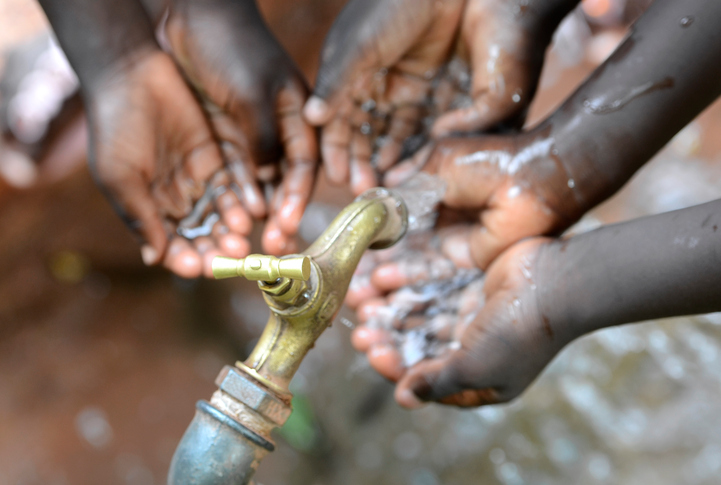 Access to adequate water and sanitation is a major obstacle that impacts nations across the globe. Currently
Access to adequate water and sanitation is a major obstacle that impacts nations across the globe. Currently 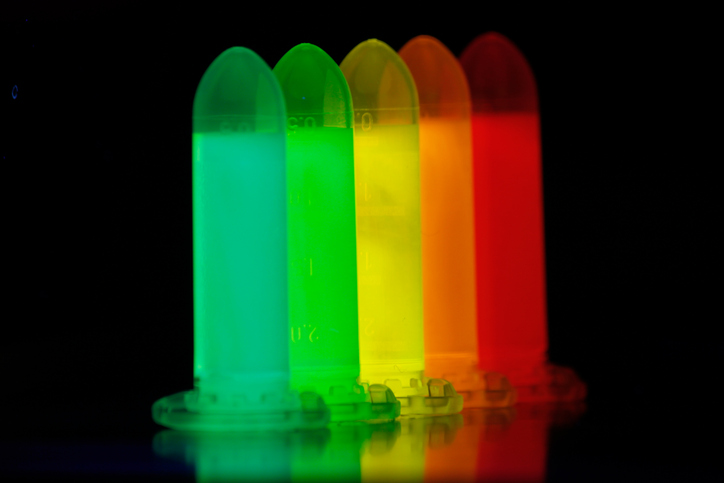 Tiny crystals called quantum dots are used in LCD TVs to enhance color and image quality. A few years ago, scientists discovered a new type of crystal called nanoplatelets.
Tiny crystals called quantum dots are used in LCD TVs to enhance color and image quality. A few years ago, scientists discovered a new type of crystal called nanoplatelets. A team of scientists from Oak Ridge National Laboratory is using the precision of an electron beam to instantly adhere cathode coatings for lithium-ion batteries. This new development, as reported in the
A team of scientists from Oak Ridge National Laboratory is using the precision of an electron beam to instantly adhere cathode coatings for lithium-ion batteries. This new development, as reported in the 